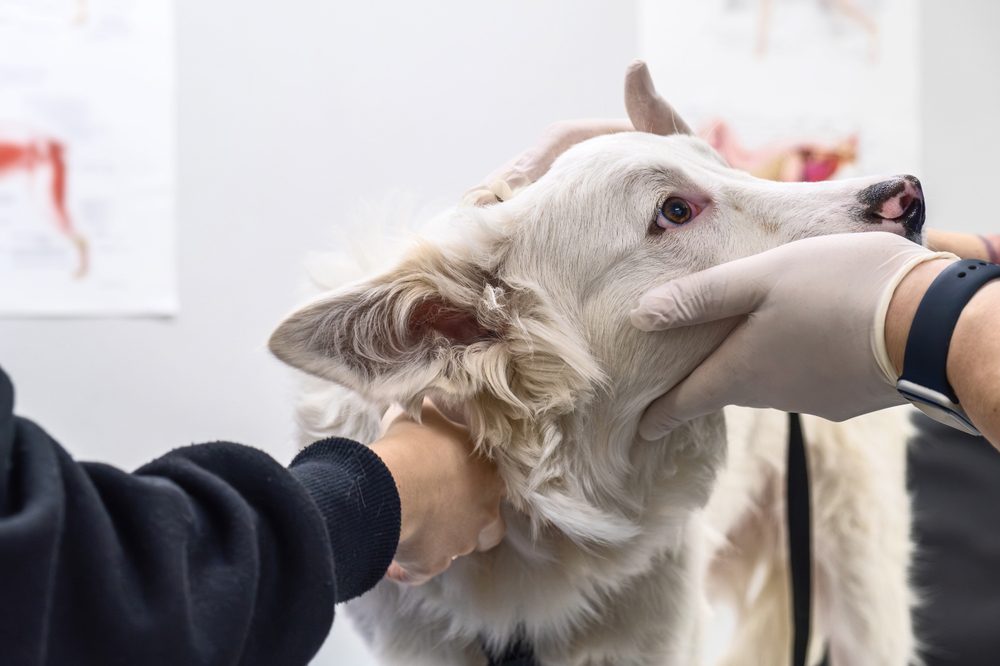Pet Emergency Care
Urgent Pet Care: Trust Us with Your Furry Friend’s Well-Being!
Pet Emergency Care: A Vital Guide for Pet Owners
As a pet owner, you know that emergencies can happen at any time. Whether it’s a sudden illness, an accident, or an unexpected health issue, being prepared for pet emergencies is crucial. In this comprehensive guide, we’ll delve into the significance of pet emergency care and provide practical strategies to ensure your furry friend receives prompt and effective assistance when needed.




Schedule an Appointment Today
If your pet companion requires urgent veterinary care or any other veterinary service, don’t hesitate to contact us. Our friendly and knowledgeable staff are always happy to answer your questions and schedule an appointment at your convenience.
Why Pet Emergency Care Matters: Immediate Action Saves Lives
When faced with a pet emergency, every second counts. Quick and informed decisions can mean the difference between life and death. Whether your pet ingests something toxic, suffers a trauma, or experiences sudden symptoms, having a plan in place ensures that you can take immediate action.
Common Pet Emergencies:
Pet emergencies come in various forms:
Accidents and Injuries:
Falls, car accidents, or bites from other animals can lead to serious injuries.
Toxic Ingestion:
Pets may accidentally consume poisonous substances like household chemicals, plants, or medications
Choking or Breathing Difficulties:
Foreign objects lodged in the throat or respiratory distress require urgent attention.
Seizures:
Seizures can be frightening for both pets and owners. Knowing how to handle them is essential.
Heatstroke or Hypothermia:
Extreme temperatures can be life-threatening for pets.
Practical Strategies for Pet Emergency Preparedness:
Know Your Nearest Emergency Clinic:
Research and identify the nearest 24-hour emergency veterinary clinic. Save their contact information in your phone and keep it accessible. In critical situations, every minute matters.
Create a Pet First Aid Kit:
Assemble a basic first aid kit for your pet. Include items like bandages, antiseptic wipes, tweezers, and a muzzle (to prevent biting during treatment). Familiarize yourself with how to use these supplies.
Learn CPR and Rescue Breathing:
Pet CPR (cardiopulmonary resuscitation) can be a lifesaver. Enrol in a pet first aid course to learn proper techniques. Practice rescue breathing on a stuffed animal to build confidence.
Recognize Signs of Emergency:
Be aware of red flags:
Difficulty Breathing: Rapid, labored breathing or choking.
Uncontrolled Bleeding: Apply pressure and seek immediate help.
Collapse or Seizures: Keep your pet calm and call for assistance.
Swollen Abdomen: May indicate bloat, a serious condition.
Have a Pet Emergency Plan:
Discuss emergency scenarios with family members. Assign roles—someone calls the vet, another handles transportation, and someone comforts the pet. Practice the plan periodically.




Be Prepared to Stay Calm: Cool Heads Save Lives!
Educate Yourself: Knowledge is your best ally. Take the time to learn about common pet emergencies, their signs, and appropriate first aid measures. Understand the basics of CPR, wound care, and how to handle choking incidents. Attend pet first aid courses or workshops to gain practical skills.
Create an Emergency Plan Imagine the scenario: your pet suddenly collapses or shows alarming symptoms. Having a clear plan in place ensures you can act swiftly. Discuss emergency roles with family members—someone calls the vet, another secures transportation, and someone comforts the pet. Regularly practice this plan to reinforce everyone’s responsibilities.
Trust Your Instincts:
As a pet owner, you know your furry friend better than anyone. If something feels off, don’t hesitate—seek professional help. Trust your instincts and don’t downplay unusual behavior. Whether it’s a late-night call to the emergency clinic or a quick trip to your regular vet, your intuition matters.
Remember, your quick response can be the lifeline your beloved pet needs. Stay informed, stay calm, and be ready to be your pet’s hero when it matters most
Feel free to reach out if you have any more questions or need emergency assistance !
